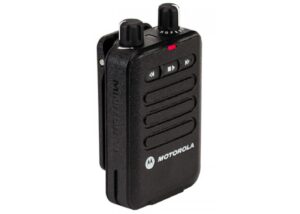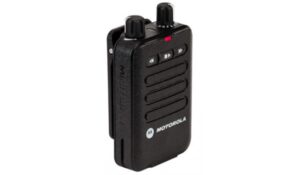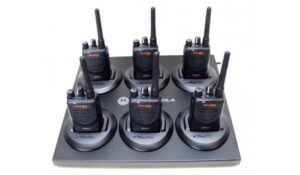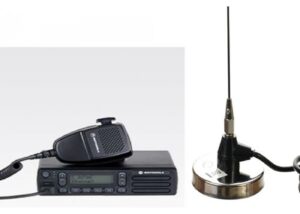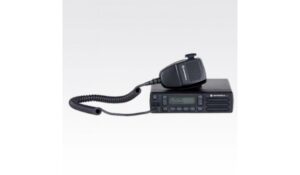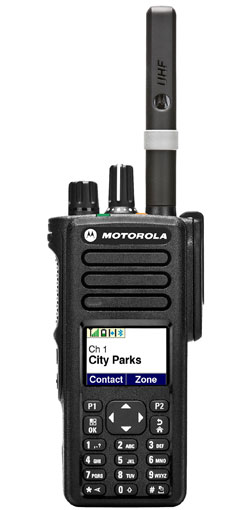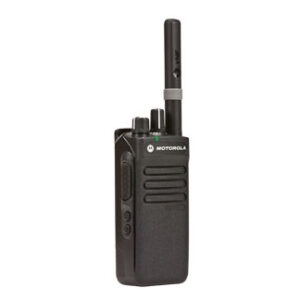Motorola Two Way radios for Petrochemical Refineries BP
Motorola TRBO DMR P25 radios for oil refinery
With today’s energy-hungry way of life, the need for oil is at an all-time high.
Global oil demand is predicted to increase by more than a third by 2035.1
With this surge in energy demand, the oil and gas industry is being challenged
to improve production efficiencies and to maintain a growth trajectory in its
crude oil and natural gas resources. Indeed, oil exploration and production is
being ramped up: recent trends indicate crude oil production increasing by as
much as 790,000 barrels per day over a single year in the United States alone.2
The ability of the industry to address a number of operational challenges will be
critical in ensuring that future demand is met with adequate supply.
STRONG SAFETY CULTURE
Though reducing time to first oil is a top priority, health, safety and the environment
remain non-negotiable imperatives. The oil and gas industry has undertaken extensive
actions to enhance process safety and recent statistics point to an improving safety
trend over the last 10 years.3, 4 As the industry’s focus turns to new remote and deep
frontiers in the search for hydrocarbons, equipment suppliers will need to ensure that
their tools reliably support work tasks conducted in these challenging environments.
Mission critical communication tools such as two-way radios are essential to enabling
real time collaboration and will need to perform optimally in severe environments to
meet the exacting safety standards of the oil & gas industry.
MORE REMOTE AND CHALLENGING LOCATIONS
As large oil reserves are becoming depleted and the discovery of new large reserves
is few and far between, oil and gas companies are trying to compensate by exploring
for deposits in remote, harsh locations such as the Arctic, offshore deep under the
ocean, hot deserts and fields in which High-Pressure High-Temperature (HPHT) wells
are developed.
OFFSHORE/ONSHORE COMMUNICATION DIFFICULTIES
The amount of data flooding through an oil or gas company’s system is ever growing.
And with the number of operations stakeholders, both onshore and offshore, whose
job it is to maintain visibility, communication and compliance – especially during
emergencies – it is crucial that this data can flow smoothly under all circumstances.
Shortfalls in legacy communications systems can arise when they’re not optimized to
be used together.
THE GREAT CREW CHANGE
For the Baby Boom generation of professionals, retirement is right around the corner.
By 2018, 50% of all engineers and geophysicists will be eligible for retirement
from the industry.5
This sets the stage for the most dramatic demographic shift in
the industry’s history – and a huge knowledge and experience gap. Evidence of
this trend will be apparent in the near term, with industry analysts forecasting a 1
million labor gap and skills shortage.6
Key to addressing the skills shortage will be an
ability to deliver connectivity that integrates information seamlessly with workflows,
processes and people across legacy systems in a borderless manner. Information
and communications technology will play a central role here, especially in enabling
integrated operations that deliver measurable business improvements such as
reduction in downtime.
UTILIZING TECHNOLOGY TO ENABLE THE BEST
DECISION-MAKING
The right kind of technology setup addresses these challenges, ensuring the seamless
and secure mobilization of voice and data to help oil and gas companies make the
best decisions – both in critical situations and to improve long-term productivity.
Continuous and reliable communication between all stakeholders requires advanced
digital Land Mobile Radio (LMR) and operational technology.
For use in the BP Amoco Refinery in Whiting Indiana
Showing all 11 results

